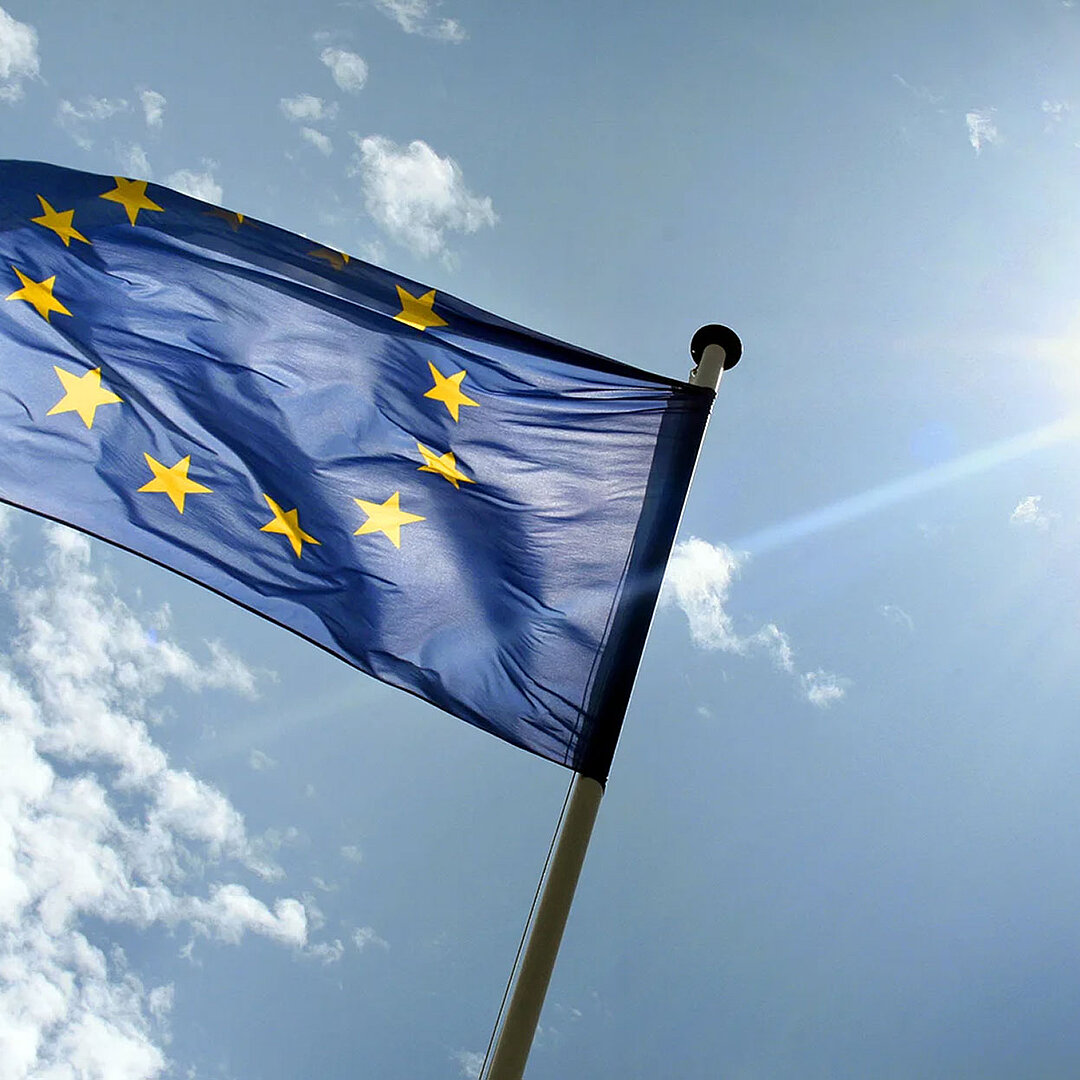-
Renewable energy investments are more capital intensive than investments in fossil-fired power generation.
They are also much more sensitive to political and regulatory risks. This is highly relevant when addressing Europe’s 2030 renewables framework consisting of a binding EU target without binding Member States targets.
-
The costs of capital for renewables vary widely between Member States.
Perceived ex-ante risks translate into country specific premiums on the costs for renewable energy investments that have nothing to do with technology risks or weather conditions.
-
Equalising costs of capital throughout the EU would save taxpayers at least 34 billion Euros to meet the 2030 renewables target.
It would also allow for broader sharing of the social, economic and health benefits of renewable energy investments, and would particularly benefit EU Member States with lower than average per capita GDP.
Reducing the cost of financing renewables in Europe
A proposal for an EU Renewable Energy Cost Reduction Facility (“RES-CRF”)

Preface
Investments into renewable energies are highly capital intensive. Differences in costs of capital for renewable energy investments translate into significant differences in the revenues needed for a renewable energy project to be financially viable. In effect, it is significantly more expensive for consumers and taxpayers in some European countries to build new wind or solar power plants than it is in others – even if the weather conditions are equal.
Equalising the costs of capital for investments in renewables throughout the EU could generate significant savings to consumers and taxpayers. It would also allow for a broader sharing of the social, economic and health benefits of renewable energy investments, and would particularly benefit EU Member States with lower than average per capita GDP. The economic case for renewable energy investments will gain importance in the 2020-2030 decade, when the EU will move from nationally binding renewable energy targets to a collectively binding EU-level target that is based on (voluntary) national contributions.
The EU Renewable Energy Cost Reduction Facility developed in this paper would offer member states with high costs of capital the opportunity to develop their renewable energy sources at costs currently enjoyed for renewable investments in Germany or France. If realised, it could be a prime example of how European-level action could add value to national energy policy-making. We offer this idea as input to the ongoing discussion on the post 2020 EU framework for renewable energy
Key findings
Bibliographical data
Downloads
-
pdf 2 MB
Reducing the cost of financing renewables in Europe
A proposal for an EU Renewable Energy Cost Reduction Facility (“RES-CRF”)



